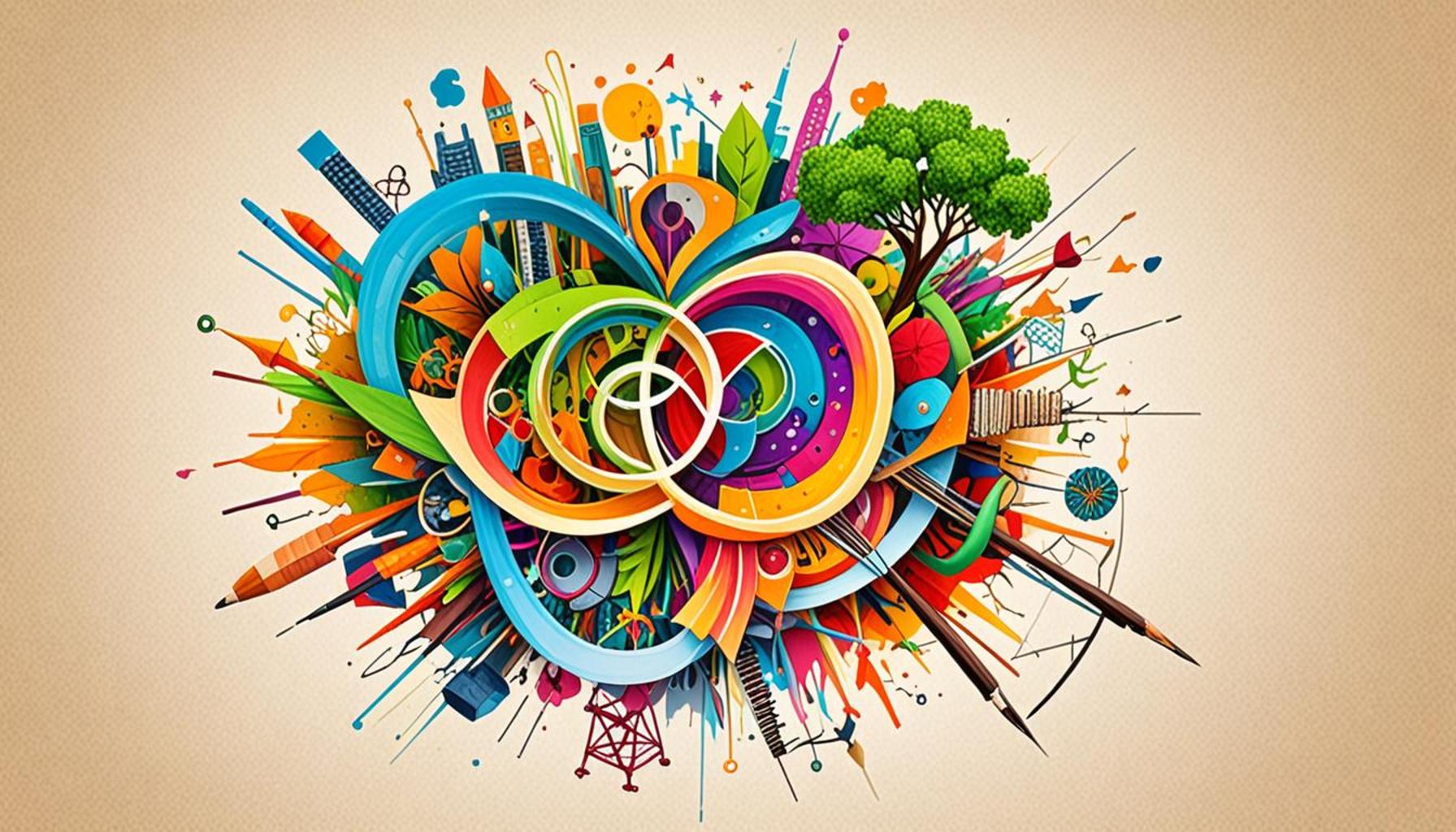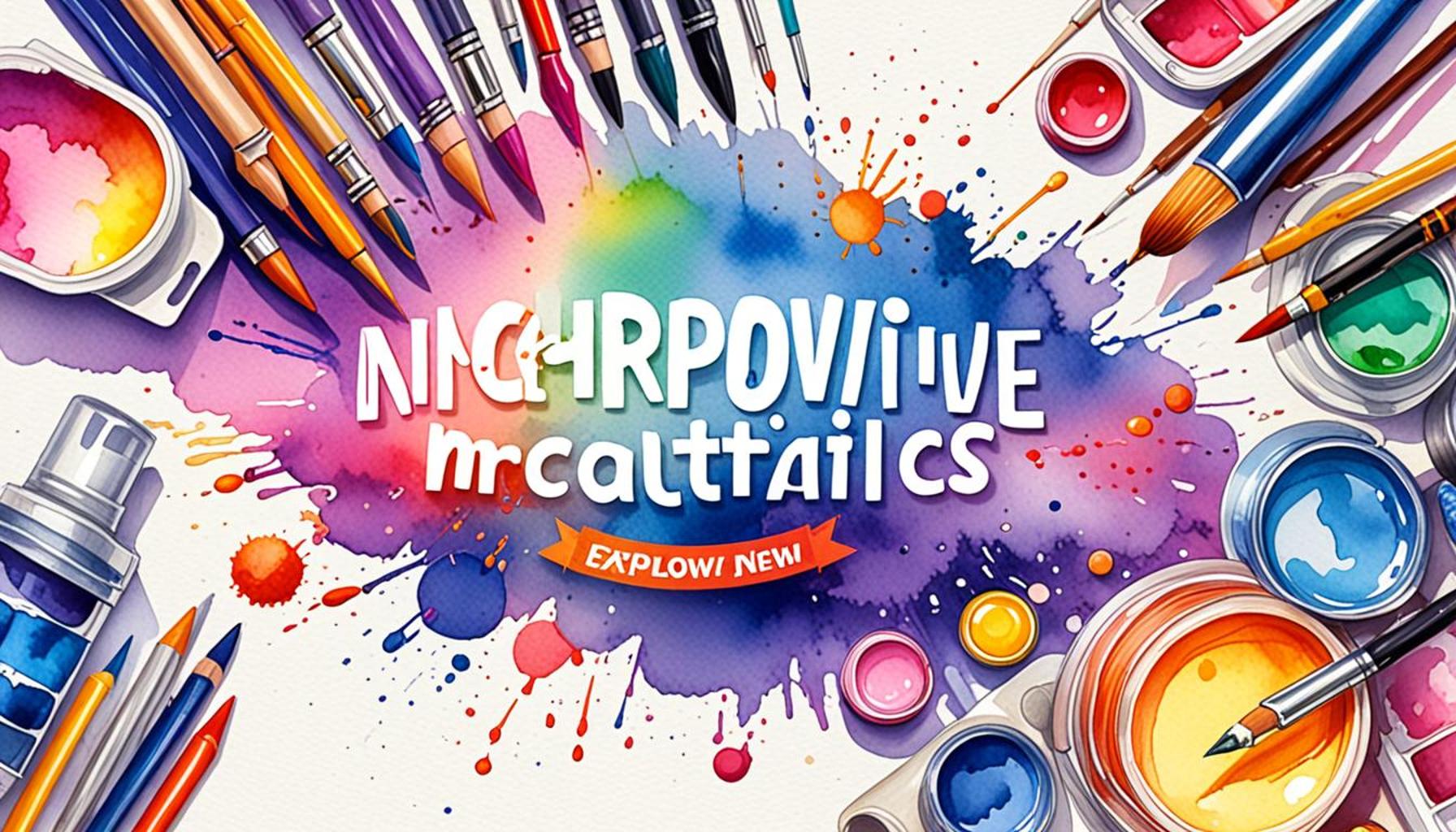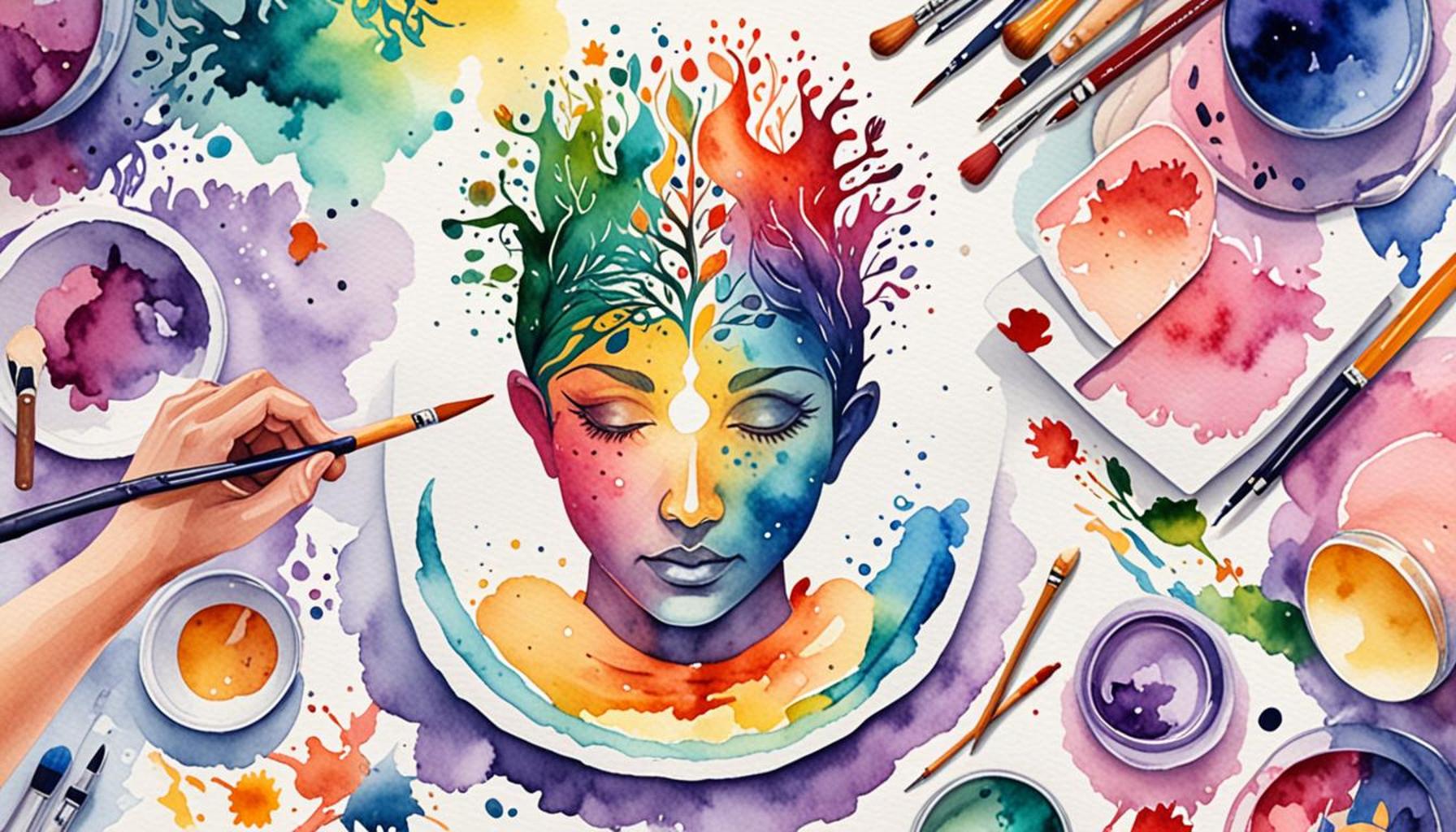The Intersection of Art and Science: Creative Hobbies that Inspire Innovations and Experiments
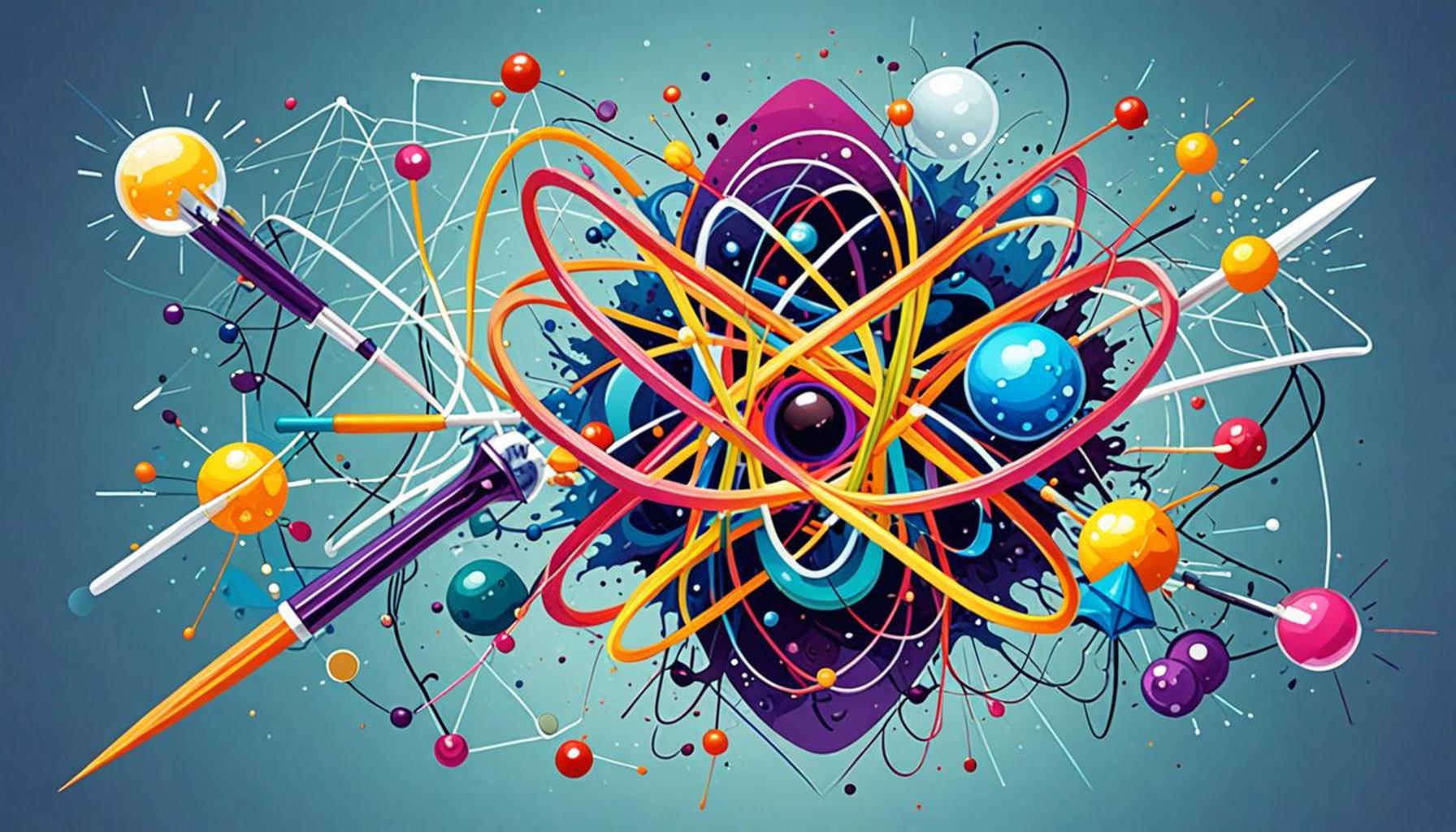
Exploring Creative Hobbies as Catalysts for Innovation
Every day, individuals immerse themselves in pursuits that merge the realms of art and science, sparking innovations and pushing the boundaries of human capability. Engaging in creative hobbies—whether it be painting, photography, gardening, or robotics—serves as a unique gateway to experimentation, enabling enthusiasts to explore new ideas and problem-solving approaches. These hobbies not only provide an outlet for self-expression but also act as fertile ground for innovation.
Take photography, for instance. It is not merely about capturing images but about understanding the intricate dance of light, shadow, and color. Photographers must master technical aspects such as aperture, shutter speed, and composition, marrying artistic vision with precision. This understanding can lead to unexpected outcomes, such as the work of photographer Frans Lanting, who uses his art to raise awareness about climate change, blending creativity with a critical scientific message.
Gardening, too, extends beyond the aesthetic pleasure of growing plants. It encompasses the scientific study of botany, soil ecology, and sustainable practices. For example, urban gardening initiatives have emerged across the United States, where communities cultivate gardens to promote local food systems and improve green spaces. The growth of vertical gardens in cities like New York demonstrates how gardeners creatively utilize limited space while contributing to biodiversity and ecological sustainability.
Meanwhile, robotics perfectly illustrates the convergence of engineering principles with artistic design. In robotics, creativity is vital for conceptualizing innovative solutions to real-world challenges. Team projects, such as those seen in FIRST Robotics competitions, not only focus on technical proficiency but also require creative problem-solving to design functional, aesthetically pleasing robots. This spirit of collaboration encourages diverse thinking and inspires young minds to pursue fields where creativity and technical skills intersect.
The beauty of this intersection lies in its ability to inspire dialogue between disciplines. Artists and scientists alike leverage their distinct perspectives to create compelling work that drives advancements challenging conventional thinking. For instance, the fusion of technology in modern art exhibits has led to immersive experiences, such as those created by artists like Olafur Eliasson, who invites viewers to engage with the science of light and space through his installations.
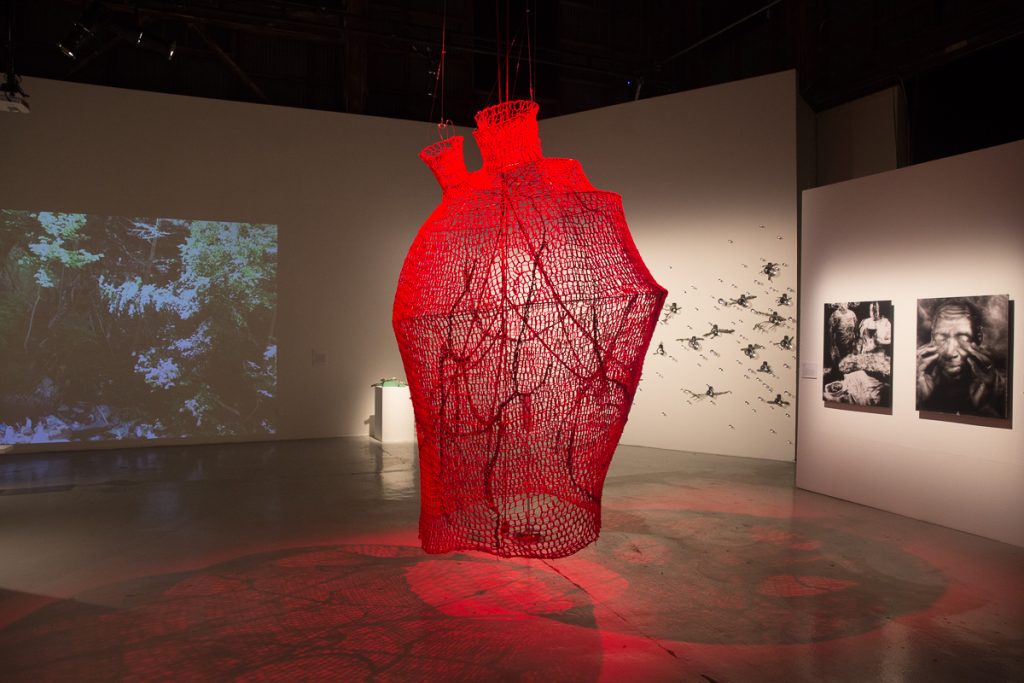
As we delve deeper into this captivating world, it becomes evident how various creative hobbies act as breeding grounds for experimentation. From groundbreaking art exhibits utilizing augmented reality to scientific explorations inspired by artistic expression, the synergy between these fields challenges the notion of rigid boundaries. Innovators who embrace both art and science often find themselves at the forefront of groundbreaking discoveries.
Prepare to be surprised by the remarkable ways that engaging in creative hobbies can lead to genuine breakthroughs in both art and science. The narratives forged through these interactions not only advance individual pursuits but also enrich the broader landscape of human understanding, opening doors to endless possibilities.
DIVE DEEPER: Click here to discover the magic of exchanging
Creative Hobbies as Breeders of Innovative Thought
The intertwining of art and science through creative hobbies brings to life an extraordinary spectrum of possibilities that inspire innovation and experimentation. A deeper examination of various hobbies reveals how they can serve as a crucible for unique ideas and concepts. Here, we explore a few creative avenues that not only foster artistic expression but also cultivate scientific exploration.
The World of DIY Science and Home Experiments
Do-it-yourself (DIY) science projects have gained remarkable popularity, especially in the era of digital information sharing. Platforms like YouTube and TikTok give budding scientists and hobbyists the opportunity to showcase their home experiments, ensuring a vast audience for this growing community. Individuals can harness everyday materials to conduct intriguing experiments that range from simple chemistry reactions to engineering prototypes.
Some popular DIY science projects include:
- Homemade Lava Lamps – Utilizing oil, water, and Alka-Seltzer tablets, enthusiasts create colorful liquid displays that illustrate density and chemical reactions.
- Solar Ovens – Using cardboard boxes, aluminum foil, and plastic wrap, these projects allow individuals to harness solar energy for cooking and demonstrate the principles of thermodynamics.
- Plant Growth Experiments – Home gardeners can experiment with various soil types, light conditions, and watering schedules to study plant biology and ecology.
These simple yet fascinating projects encourage hands-on learning, blending creative thinking with scientific inquiry. They not only demystify complex concepts but also empower individuals to challenge assumptions, ultimately leading to innovative solutions.
The Artistic Aspect of Culinary Sciences
Another compelling intersection of art and science can be found in culinary arts. Renowned chefs and home cooks alike adopt a scientific approach to cooking, utilizing precision and creativity to craft exceptional dishes. This dynamic blend fosters a unique environment for experimentation, where flavor profiles, textures, and presentations become the canvas for culinary masterpieces.
Techniques such as molecular gastronomy push the boundaries of traditional cooking, allowing chefs to manipulate ingredients on a molecular level. For example:
- Spherification – A method that creates caviar-like spheres by encapsulating liquids, revealing surprising bursts of flavor with each bite.
- Foaming – Using emulsifiers and aeration, chefs can create light and airy foams that transform the texture of dishes, adding an element of surprise and elegance.
Such culinary creativity not only delights the senses but also engages scientific principles, encouraging cooks to experiment and innovate within their kitchens. The allure of beautifully presented dishes often leads to social sharing, fostering a rich community focused on both aesthetics and flavor.
Through our exploration of DIY science projects and culinary innovation, it becomes clear that creative hobbies serve as powerful catalysts for innovation. By merging the artistic and scientific realms, hobbyists engage with fundamental concepts that challenge the status quo and invite curiosity. This intersection not only enhances individual pursuits but also contributes to a broader conversation about creativity’s role in shaping our world.
| Creative Hobbies | Innovative Impact |
|---|---|
| Photography | Encourages experimentation with light, angles, and perspectives, leading to groundbreaking visual interpretations. |
| DIY Electronics | Fosters problem-solving skills and creativity, blending artistic design with engineering principles to create innovative gadgets. |
| Cooking and Culinary Arts | Inspires scientific experimentation with flavors and techniques, resulting in unique culinary innovations. |
Exploring the intersection of art and science through various hobbies can lead to numerous innovative breakthroughs. These creative pursuits not only allow individuals to express themselves but also enable them to experiment and explore new ideas. For instance, photography can drive an artist to play with different perspectives and interpretations, challenging conventional views and pushing creative boundaries. Similarly, DIY electronics merges artistic design with engineering, empowering hobbyists to invent and create multifunctional devices.
The culinary arts exemplify how experimenting with ingredients can overhaul traditional cooking methods, leading to new tastes and visually appealing presentations. Such activities encapsulate the essence of innovation, reminding us that the blend of creativity and scientific inquiry can result in groundbreaking ideas that inspire future generations. Engaging in these hobbies not only expands personal horizons but also plants the seeds for future innovations that have the potential to transform industries.
DIVE DEEPER: Click here to discover the world of digital art in VR
Scientific Illustration: Where Art Meets Inquiry
One of the most intriguing intersections of art and science lies in the realm of scientific illustration. This discipline combines artistic skill with scientific accuracy, allowing artists to visually represent scientific concepts, organisms, and processes in a way that is both engaging and informative. Scientific illustrators often work with biologists and researchers to create detailed and accurate depictions of flora and fauna, contributing to our understanding of biodiversity and environmental science.
Key contributions of scientific illustration include:
- Field Guides – These publications often feature illustrations that help enthusiasts and researchers identify various species, playing a crucial role in conservation efforts.
- Textbook Illustrations – In educational materials, visual representations enhance learning by simplifying complex scientific ideas into relatable visuals.
- Medical Illustration – Detailed anatomical drawings help in medical education and surgeries, ensuring accuracy that is vital for patient care.
Moreover, with the rise of digital tools, scientific illustrators can harness technology to create captivating, interactive content that furthers engagement. The practice not only enhances the understanding of scientific knowledge but also provokes thoughtful discussions about ecology, biology, and conservation.
Photography: Capturing the World through a Scientific Lens
Photography is another potent medium where art and science converge. The advent of digital photography and advanced imaging techniques has revolutionized how we perceive and understand our environment. Nature photographers, scientists, and even amateur enthusiasts utilize photographic technology to explore intricate details that are often overlooked, allowing opportunities for innovation in both fields.
Particularly impactful areas include:
- Macro Photography – This technique opens up a hidden universe, showcasing insects, plants, and other small organisms in astonishing detail, illuminating biological structures and ecological interactions.
- Astrophotography – Capturing astronomical objects not only involves artistic vision but also a deep understanding of optics and exposure techniques, revealing the wonders of the universe.
- Time-lapse Photography – This captivating method reveals changes over time, such as plant growth or the movements of celestial bodies, providing insight into dynamic processes often unnoticed in real-time.
Through photography, individuals bridge the gap between observation and artistic representation, inviting viewers to question their relationship with nature and science.
Cross-Disciplinary Maker Spaces
Finally, the emergence of maker spaces across the United States highlights the growing nexus between art and science through collaborative creativity. These community-driven hubs provide access to tools and resources that inspire innovation—encouraging hobbyists, artists, and scientists alike to tinker, design, and invent.
Maker spaces often feature a variety of equipment such as 3D printers, laser cutters, and electronics workstations, allowing members to transform their ideas into prototypes. The collaborative environment fosters a culture of shared knowledge and experimentation, where:
- Art and Technology Fusion – Artists and engineers can collaborate on projects that incorporate both aesthetic appeal and functional design, leading to revolutionary creations.
- Community Education – Workshops and classes invite individuals of all ages to engage with scientific principles through hands-on learning, addressing a spectrum of topics, from coding to robotics.
By embracing both art and science within these maker spaces, participants contribute to the evolution of creativity, emphasizing the significance of interdisciplinary collaboration in driving innovations and discoveries.
As we delve deeper into the various facets of creative hobbies, it becomes evident that the intersection of art and science not only fuels personal passions but also ignites movements towards significant advancements. Whether through scientific illustration, photography, or maker spaces, these pursuits invite individuals to explore beyond the boundaries of traditional disciplines, paving the way for bold new ideas and experiments that can shape the future of our society.
DIVE DEEPER: Click here to learn how augmented reality is changing the art world
Conclusion: Bridging the Gap Between Creativity and Inquiry
The exploration of the intersection of art and science reveals a vibrant tapestry where creativity and empirical inquiry not only coexist but also thrive synergistically. As demonstrated through scientific illustration, photography, and the rise of maker spaces, individuals have unparalleled opportunities to engage with both artistic expression and scientific discovery. These creative hobbies empower enthusiasts to approach problems from multifaceted perspectives, thus paving the way for innovative solutions and groundbreaking experiments.
In an era marked by rapid technological advancements and ongoing environmental challenges, the integration of creative and scientific disciplines becomes increasingly vital. For instance, the precision of scientific illustrations aids conservation efforts, while the wonder captured in photography deepens our appreciation for the natural world. Meanwhile, maker spaces serve as incubators for collaboration, where diverse talents blend to construct meaningful projects that address today’s pressing issues.
As we continue to advocate for interdisciplinary approaches, it is essential to recognize the profound impact that artistic endeavors can have on scientific thought. Let us encourage curiosity and exploration, inviting individuals from every background to experiment and innovate at the convergence of these fields. By embracing the rich interplay between art and science, we can cultivate a culture of creativity and inquiry that inspires future generations to unlock new dimensions of knowledge and understanding.
